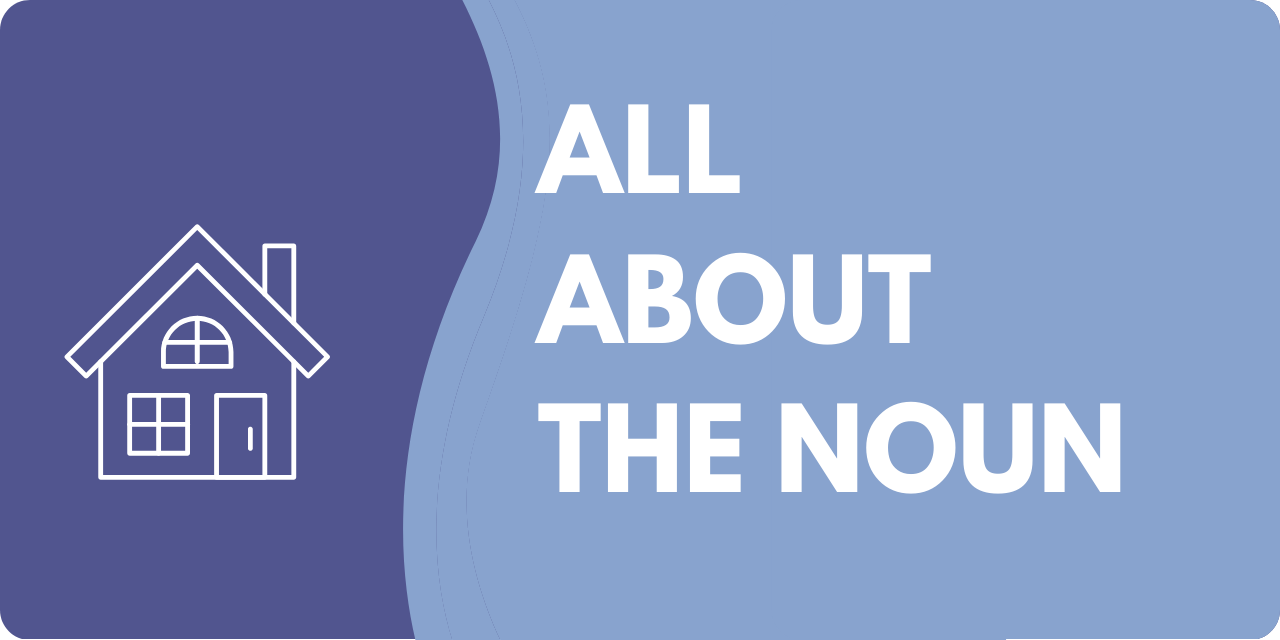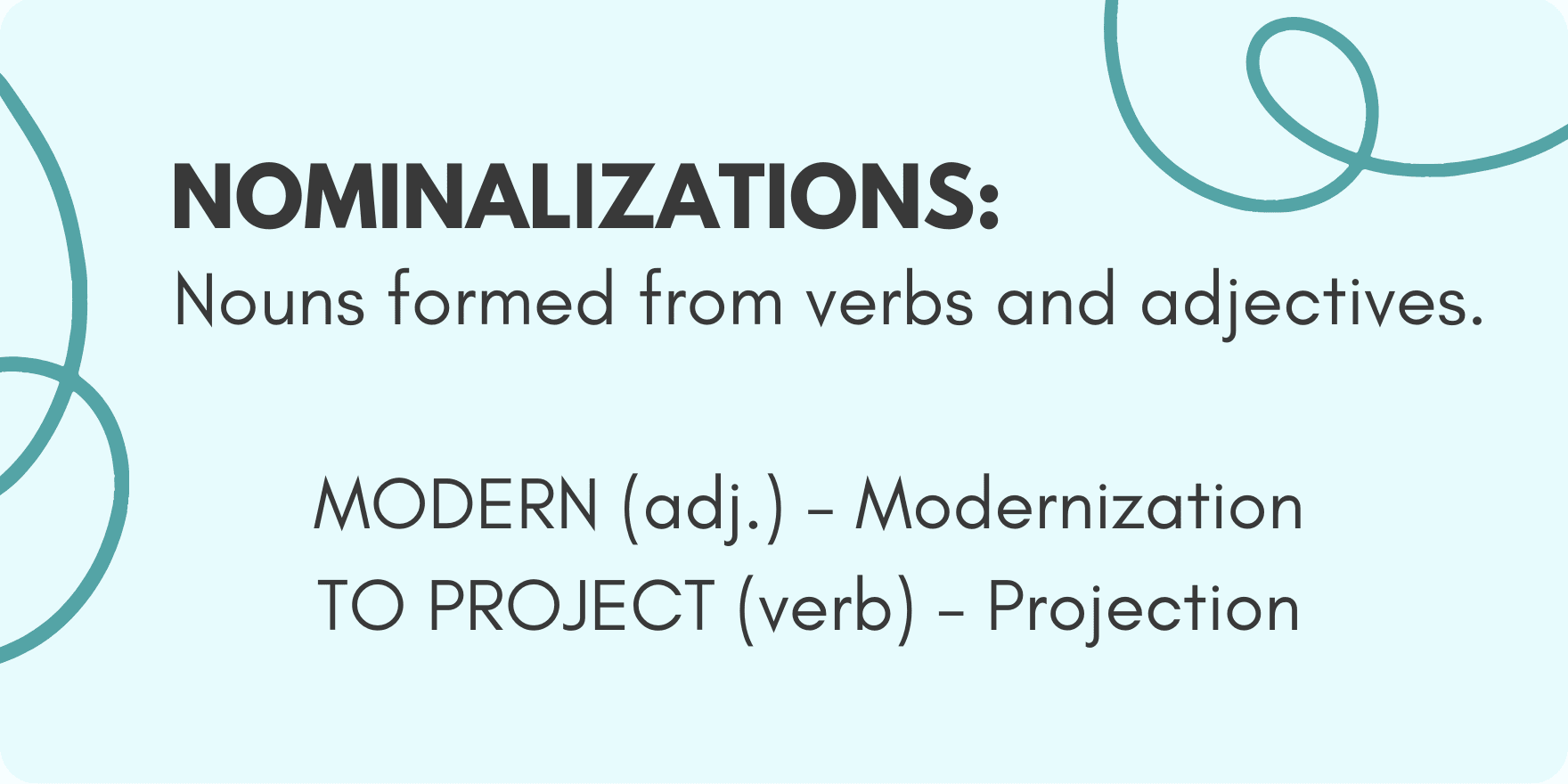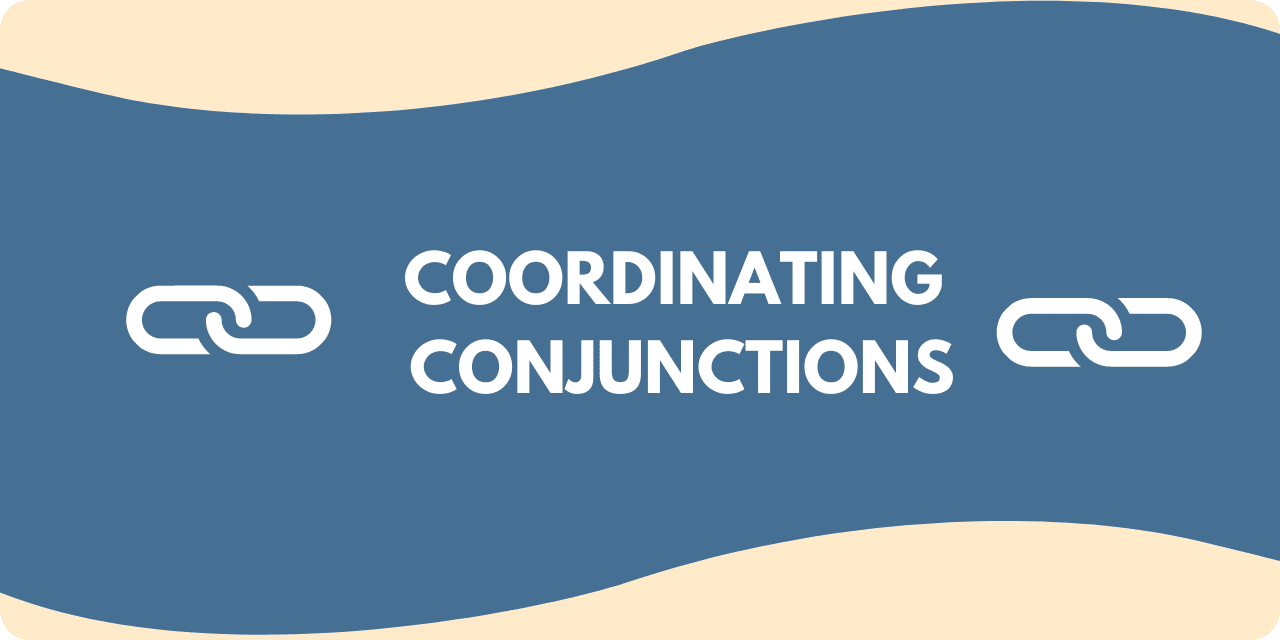What Are Reflexive Pronouns?
Reflexive pronouns are a unique type of pronoun utilized for the object of a verb when referring to the same noun as the subject of the verb. In English, most reflexive pronouns end with “self” or “selves.” Some common examples include: “himself,” “ourselves,” “herself,” etc.
Most sources agree that if the subject and object of the verb are the same, you should use a reflexive pronoun. In any other case, you should not use it.
How To Use Them
As said before, you should use reflexive pronouns when the object and subject of the verb are the same. If this is confusing, you can always substitute the standard pronoun and see which one sounds better (usually, you can easily tell which one you should use).
Here are some examples of correct reflexive pronoun usage:
- They were very proud of themselves
- Suzie scared herself with the tea kettle
- Jonathan likes to think only about himself
To show the contrast between using incorrect pronouns, here are some examples of incorrect usage:
- They were proud of them
- Suzie scared her with the tea kettle
- Jonathan likes to think about him
As you can see, using standard pronouns in these sentences adds confusion about who the verb is connected.
Common Errors
Because reflexive pronouns aren’t often studied, people often make many small mistakes when using them.
Many writers make errors in using them when they are not needed. In many cases, people view reflexive pronouns as more formal, so they opt to use them when they simply aren’t needed. This won’t always ruin the meaning/grammar of your sentence. However, it can easily cause problems.
For example, look at this sentence with and without a reflexive pronoun. In this instance, a reflexive pronoun isn’t needed. However, it doesn’t negatively affect the sentence.
- For all future concerns, feel free to contact Rachael or myself
- For all future concerns, feel free to contact Rachael or me
If you are ever confused about if you should be using a reflexive pronoun, simply write the sentence with both. For most scenarios, the correct option will sound the best and stick out to you,
Another way to simplify this issue is to take the verb and the object together. If they don’t agree, you are probably using the wrong type of pronoun. For example, let’s look at our last practice sentences:
- For All future concerns, feel free to contact Rachael or me
You can tell that this version of the sentence is correct because “contact” and “me” agree with each other and can be used in a sentence such as “feel free to contact me.”
- For all future concerns, feel free to contact Rachael or myself.
You can tell that this sentence is technically incorrect, as “contact” and “myself” don’t necessarily agree, understandably.
Exceptions
In addition to their basic usage, reflexive pronouns can also emphasize nouns or pronouns that directly precede them. For instance:
- And she, she herself, was the only one able to do the job
As you can see, by using a reflexive pronoun in this manner, you add drama and importance to the subject of the sentence. Due to this reason, you can find reflexive pronouns used in this matter in lots of literary works.
Using reflexive pronouns like this lets the reader know that there is something notable or special about the described individual. To sum up, while reflexive pronouns should be used for their specific purpose, they can also be used to emphasize nouns or pronouns.
Want to sharpen your business writing skills? Discover our acclaimed online courses at syntaxtraining.com Whether you want to learn about taking taking meeting notes, become a master proofreader, master punctuation or tune-up your business writing skills, our courses are here to help you.






